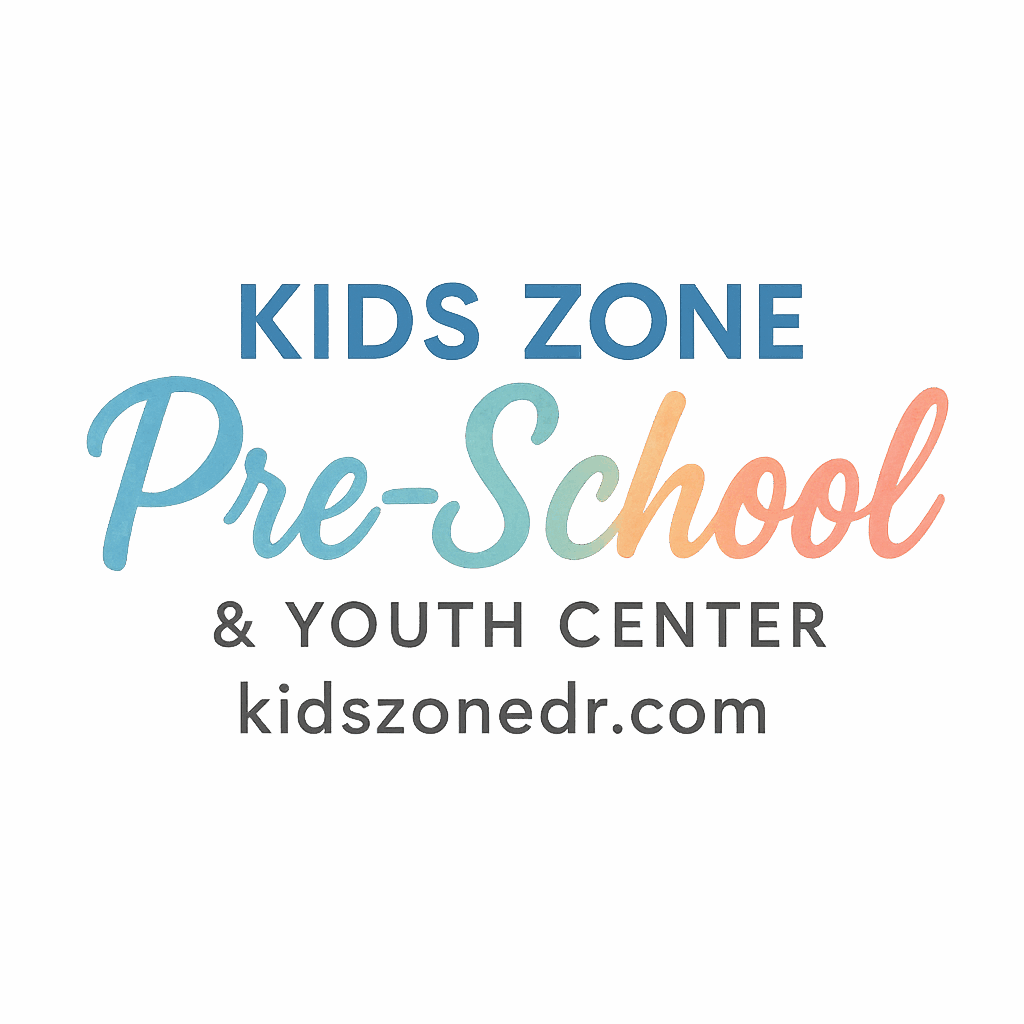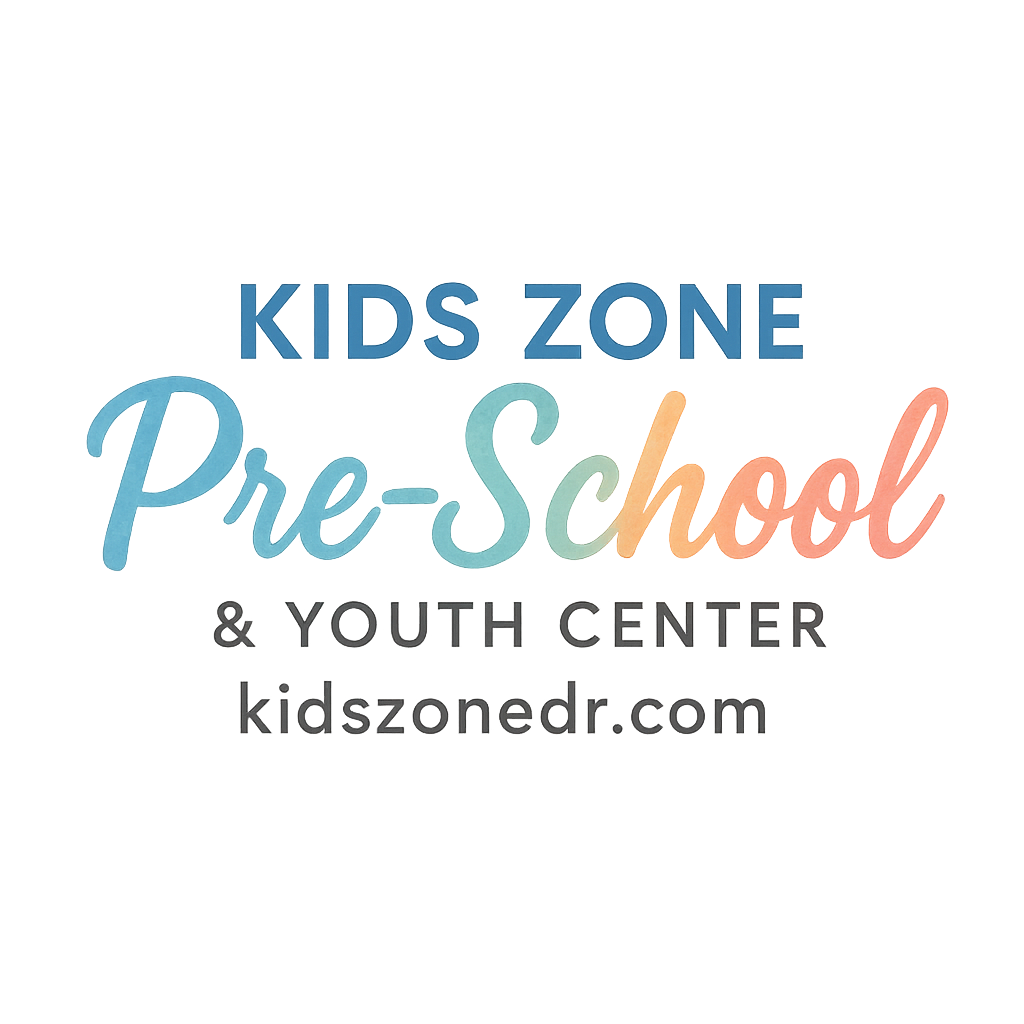Why Every Home Needs an Art Corner for Kids
Kids thrive in environments where they can create freely, and that’s where an art corner comes in. Whether you’re a parent, teacher, or youth center leader, having a dedicated space for art fosters growth, imagination, and joy. Think of it as giving your child their own little “studio” at home.
The Benefits of Art in Early Childhood
Art isn’t just about drawing pretty pictures—it’s a foundation for so many aspects of development.
Building Creativity and Confidence
When children make art, they aren’t just scribbling. They’re experimenting, trying, failing, and trying again. Each brushstroke builds their confidence and sense of accomplishment.
Supporting Fine Motor Skills
Cutting, gluing, painting, and even finger painting strengthen the tiny muscles in kids’ hands, which later support writing and daily routines (see daily schedules here).
Encouraging Emotional Expression
Art helps kids process big feelings. Instead of words, they use color and shapes to express what’s going on inside. It’s a healthy outlet for emotions.
How to Design the Perfect Art Corner at Home
Before diving into the six ideas, let’s look at what makes an art corner effective.
Choosing the Right Location
Pick a spot with good lighting and enough room for movement. A corner near a window is perfect.
Safety First in Your Art Space
Preschoolers are curious explorers. Keep scissors rounded, paints non-toxic, and small items out of reach (see health and safety tips).
Organizing Materials for Easy Access
Clear bins, labeled shelves, and baskets make it simple for kids to find and return supplies. An organized corner encourages independence and responsibility.
6 Creative Art Corner Ideas for Preschool & Youth Center Homes
Now the fun part—turning your home or youth center into an art haven!
1. The Mini Easel Station
Why Easels Inspire Creativity
An easel makes art feel special. It’s upright, just like a real artist’s canvas, giving kids confidence.
Best Materials for Easel Art
Stock it with paints, oversized paper, and clothespins. Bonus: cover the floor with a mat for easy clean-up.
2. The Recycled Art Zone
Turning Trash into Treasure
Cardboard boxes, toilet rolls, and bottle caps can become castles, rockets, or robots. This idea promotes sustainability and creativity at the same time.
Eco-Friendly Art Projects for Kids
Teach kids about recycling while creating. For example, use egg cartons for animal sculptures or soda cans for wind chimes.
3. The Sensory Art Table
Messy Play with Purpose
Sensory tables allow for painting with shaving cream, finger paints, or textured materials. Messy art is meaningful—it builds confidence and exploration.
Materials to Include
Sand, clay, water beads, and textured brushes keep kids engaged. Pair this with growth-focused preschool learning.

4. The Digital Meets Traditional Corner
Blending Screen and Paper Art
Today’s kids are digital natives. Pair tablets with sketchpads. Let kids design digitally, then recreate with traditional materials.
Safe Apps for Creative Expression
Use child-safe drawing apps and limit screen time. Keep it balanced with crayons, paints, and physical projects.
5. The Seasonal & Theme Wall
Rotating Displays of Kids’ Art
Kids love seeing their work displayed. Dedicate a wall or board for seasonal themes—spring flowers, winter holidays, or cultural celebrations.
Encouraging Pride in Work
This simple practice builds confidence (see more on confidence) and encourages kids to create more.
6. The Community & Collaboration Space
Group Art Projects
Whether it’s a mural or a giant collage, working together teaches sharing, patience, and teamwork.
Building Social Skills Through Art
Collaboration fosters friendships and communication skills, especially useful in a classroom setting.
Tips for Maintaining an Art Corner
Cleaning and Safety Guidelines
Use washable materials and set cleaning routines. Wipes and aprons are lifesavers.
Encouraging Independence and Responsibility
Teach kids to clean up after themselves. This builds habits that carry into daily life (read about routines).
Parental Role in Art Development
Guiding Without Controlling
Let kids make “mistakes.” Art isn’t about perfection, it’s about exploration.
Celebrating Creativity Daily
Display art in frames, on the fridge, or even scan it into a digital album. This boosts parent-child involvement.
Linking Art to Preschool Learning and Development
Early Literacy Through Art
Drawing letters, painting stories, or making picture books helps connect creativity to literacy.
Problem-Solving and Critical Thinking
Art challenges kids to make decisions—what colors to use, how to fix mistakes, or how to build a 3D project.
Conclusion
Creating an art corner at home or in a youth center is more than just setting up crayons and paper—it’s about building a space where kids feel free, creative, and supported. Whether you choose an easel, sensory table, or a recycled art station, your child will gain confidence, skills, and joy through the process. Remember, art corners grow with kids. Start simple, keep it safe, and let their imagination lead the way.
FAQs
1. What age is best to start an art corner?
As early as toddlers! Just tailor the materials to their age.
2. How can I manage mess in an art corner?
Use washable supplies, aprons, and easy-to-clean surfaces like mats or plastic covers.
3. Should I buy expensive art supplies for kids?
Not at all! Recycled materials and basic crayons or paints work wonders.
4. How does art connect to preschool learning?
Art builds early literacy, math skills, and emotional growth—perfect for preschool development.
5. What if my child doesn’t seem interested in art?
Try different mediums—painting, clay, or digital apps. Sometimes it takes a while to find what excites them.
6. How often should I rotate art materials?
Every 2–3 weeks to keep things fresh and engaging.
7. Can an art corner work in small homes?
Absolutely! Even a small bin with rotating supplies and a foldable easel can make a big difference.
👉 Suggested internal links already included for SEO:
- Kids Zone
- Choosing the Right Preschool
- Daily Routines & Activities
- Health & Safety in Preschool
- Parental Guidance & Involvement
- Preschool Learning Development
- Tags (confidence, routines, classroom, growth, etc.)


